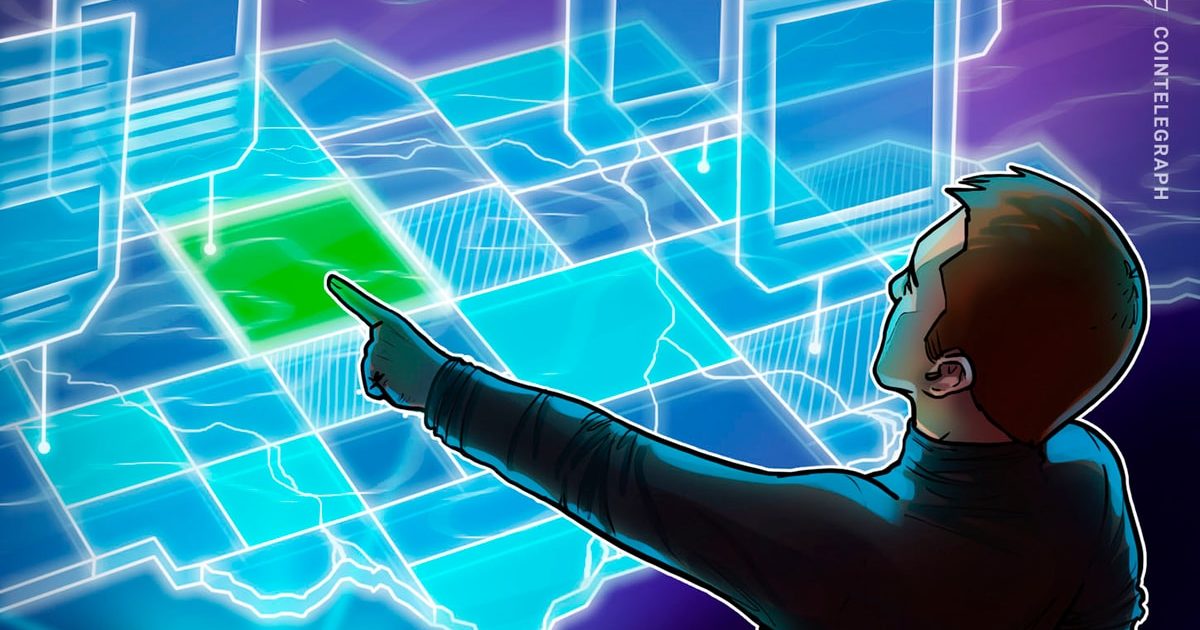Very few projects have come close to matching the security and decentralization of the Ethereum network. However, the inherent overhead of maintaining these two critical features has left Ethereum burdened by low throughput and prohibitively high costs. As a result, alternative layer-1 blockchains (L1s) — which normally sacrifice security and decentralization to provide scale — have emerged to nip away at Ethereum’s market share.
However, with Ethereum Virtual Machine (EVM)-equivalent scaling solutions bringing high throughput and low transaction fees to Ethereum itself, the question is: Do we really need these alternative L1 networks?
Despite a rocky year for the industry, Ethereum is still as strong as ever
The risks of sacrificing security and decentralization have been largely materialized with alternative L1s this year. These blockchains and their communities have been experiencing downtimes, censorship, large hacks and existential challenges caused by centralized token supply — i.e., huge portions of tokens held by malicious individuals. In the meantime, the Ethereum ecosystem has had another good year.
For starters, we’ve seen the long-awaited upgrade of the Ethereum blockchain from proof-of-work to proof-of-stake after its September “Merge.” This was important for multiple reasons, including that it led to a massive reduction in the energy usage of the network. It also set the stage for further scaling solutions in the months and years to come.
Related: Post-Merge ETH has become obsolete
There’s also the fact that Ethereum is still the leading network when it comes to the vast amount of decentralized applications, platforms and nonfungible tokens (NFTs) deployed on it, acting as the go-to blockchain for all Web3 developers. Essentially, the market hasn’t seen any of these competitors — often labeled “Ethereum killers” — actually “kill” Ethereum (or even harm it).
That said, it’s understandable why alternatives have proliferated in recent years. As it stands, Ethereum is deeply decentralized and secure, but it is also relatively slow and expensive to use.
Making Ethereum work
To mitigate the aforementioned challenges without significant tradeoffs, Ethereum has now effectively ceded execution to layer-2 solutions (L2s). Even Ethereum founder Vitalik Buterin has noted that layer-2 zero-knowledge (ZK) solutions are the future of Ethereum scaling. He has also acknowledged that further Ethereum improvements, such as sharding, will support this vision and make it more powerful.
ZK L2s are able to process a large number of transactions, and automatically generate mathematical proof of the validity of those transactions. That proof then can be submitted to Ethereum and verified by its validators, thus effectively offering the same level of security as Ethereum. To make this advanced technology even more appealing, these proofs do not have to reveal information about the actual transactions, thus enabling privacy of transactions when required.
ZK L2s have been around for more than a year, but wider adoption has been hindered mainly by suboptimal developer experience. Due to efficiency and complexity constraints, ZK L2s have been using custom execution environments instead of the familiar and widely used Ethereum Virtual Machine. After a lot of hard work and impressive cryptographic and engineering breakthroughs, developers managed to create zkEVM — an EVM-compatible ZK L2.
Related: Programming languages prevent mainstream DeFi
This advanced technology allows all Ethereum projects to easily port existing smart contracts onto a zkEVM L2 without any modifications to their code, thus removing the last barrier for wide adoption. Until recently, it was believed that full-featured zkEVMs were still three to five years away, but recent developments have considerably compressed that timeline, with the first practical implementation of the technology already being deployed.
This is the key component that Ethereum has been missing to provide greater utility at scale. Decentralized finance services, NFT markets and Web3 gaming are now feasible for regular use and global adoption. Better yet, when the important upcoming Ethereum upgrades get implemented, zkEVMs only stand to operate even more effectively. All of this will further establish Ethereum as the blockchain of choice for all types of decentralized projects.
Do we need alternative layer 1s?
With the zkEVMs, there are no longer any barriers with regard to scalability, security, decentralization and developer experience. This then begs a fundamental question: Do we even need other L1 blockchains?
Ethereum already has the vast majority of Web3 applications built on top of it. All other networks face a massive uphill battle if they hope to ever truly compete with that. Even with a perfect network that addresses all scaling and security issues while staying decentralized, any alternative L1 will still be trying to claw users away from an established solution that already works.
Thanks to providing immense scaling possibilities, zkEVMs can also be leveraged to redefine what’s possible on Ethereum as a whole. Thus far, prohibitively high transaction fees have incentivized applications that are either computationally efficient or fee-insensitive, potentially leaving other innovative or important projects on the shelf due to these restrictions. In addition to scaling existing use cases, zkEVMs can breathe new life into these unexplored use cases, thus truly becoming the endgame of Web3 infrastructure.
Mihailo Bjelic is the co-founder of Polygon. A graduate of the University of Belgrade, he previously worked as an IT engineer for more than 10 years building technology products and platforms and founded or co-founded three startups.
This article is for general information purposes and is not intended to be and should not be taken as legal or investment advice. The views, thoughts and opinions expressed here are the author’s alone and do not necessarily reflect or represent the views and opinions of Cryptox.




